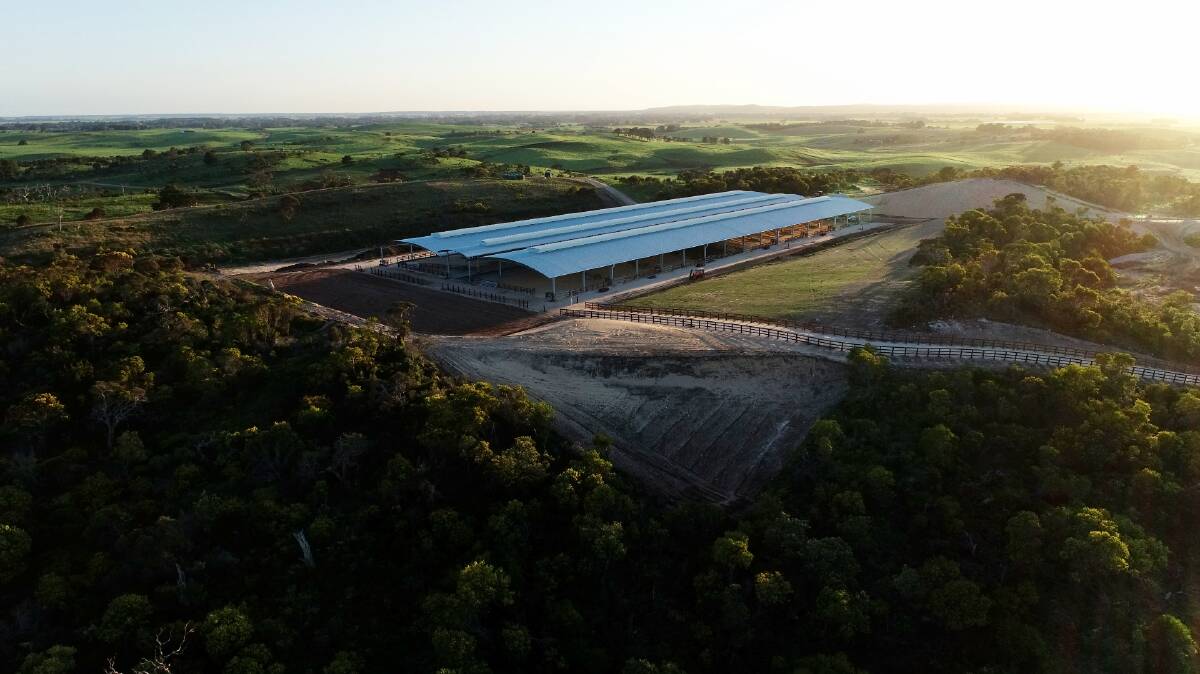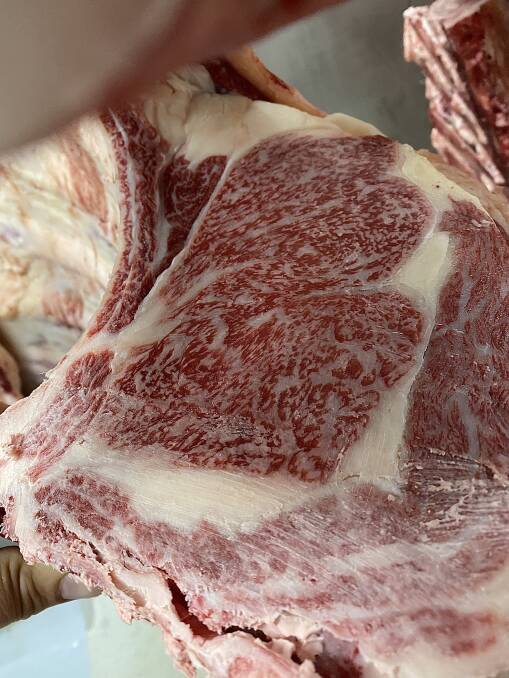
The de Bruin family at Mayura Station, on the Limestone Coast of South Australia are 100 per cent focused on the production of the highest quality Wagyu beef.
Established in 1845, Mayura is one of Australia's largest family-owned Fullblood Wagyu breeding operations (more than 10,000 Fullblood Wagyu) and was one of South Australia's first pastoral lease's, with the first land bought in the early 1980's.
On Mayura's rolling Limestone ranges, peat flats, and heavy black soils, the de Bruin family run their vertically integrated Wagyu operation, which began in 1995 when Wagyu were first introduced into a F1 breeding program.
"This was followed by the decision to import 25 live Fullblood females that arrived into Australia in 1998," Mr de Bruin said.
He said Wagyu provides a clear differentiation from other breeds in it's ability to produce beef of the highest eating quality.
"Our motto is 'excellence without compromise'."

Mayura runs a structured R & D program which has been instrumental in improving the genetic performance of its Wagyu cattle. Each year 3500 Fullblood breeding cows are joined to selected AI sires as part of a long-term progeny testing program, with data collected from birth to slaughter.
All progeny are fed through Mayura's on-property grain-feeding operation. The entirely undercover feedlot is purpose built for Wagyu and was modelled on Japanese feedlots.
"The feedlot has helped to increase our grain-feeding capacity and we're also aiming to complete a new grain-processing and handling facility on-farm in the next 18 months.
"To smooth out seasonal variations and to cover the late summer and early autumn feed gap Mayura has a cropping and fodder program to supply feed to the Wagyu breeding program and feedlotting operations."
Mr De Bruin said they also have an international marketing and sales division to sell all the beef produced on Mayura so that they can control the full value chain.
"Mayura markets its branded beef, as 40pc in Australia and 60pc for export internationally. We have distribution partnerships in China, Hong Kong, the United Arab Emirates, Taiwan, Singapore, Saudi Arabia, Malaysia and Thailand."
Mayura also has an on-farm restaurant, the Tasting Room, which seats 60 guests each night showcasing Mayura Station beef.
"The Tasting Room has been named the Australia's best steak restaurant (this event hasn't had a national winner in 2020 and 2021 due to Covid-19). The Mayura Brand has also been named Australia's trophy meat producer via the Delicious National Produce awards, winning the trophy for 'From the Paddock' section."

They run two specific breeding herds, one for autumn and another for spring.
"All cattle are AI'd through a fixed time AI program. Backup bulls are used for two joining cycles. We cull all preg-tested empty females and any females that don't produce a carcase to meet our minimum quality specifications. Our pregnancy rate ranges between 91 to 94pc depending on the season."
Mr de Bruin said all their sales are via their boxed beef program - Mayura Wagyu.
"We target the high end-hospitality sector supplying hotels and resorts, casinos and fine dining restaurants around the world.
"Our cattle are processed at 26 months of age and at close to 750kg live weight.
"Mayura has a focus on eating quality and controlling the marketing and distribution of our product has been key to our success."
While they don't enter cattle in live shows, Mayura Station has been running performance breeding trials since 2005, through progeny testing programs. All chiller assessment information has been collected by independent third parties and assessed with objective tools such as the MIJ30 and masterbeef digital assessment tools.
"Through these genetic improvement programs we've been able to significantly improve the profitability of our Wagyu cattle. I believe in challenging the status quo to discover the hidden gems within our breeding operation. Grain-feeding period's have been reduced from 600 days to 270 days, and age at slaughter has been reduced from 36 to 26 months.
"During this period, we've been able to vastly improve average marbling scores of our production cattle, and increase the carcase weight significantly, but crucially selection pressure has been applied to increase the eye muscle size with great success. Large loin size has a huge impact on increasing the value of a carcase. The result has been highly functional and profitable cattle."

